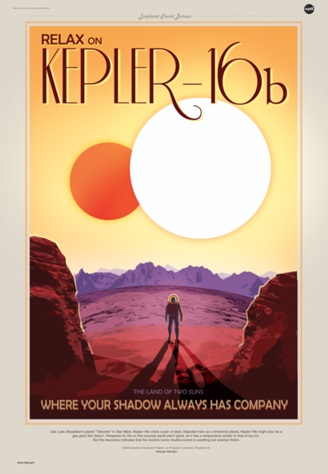
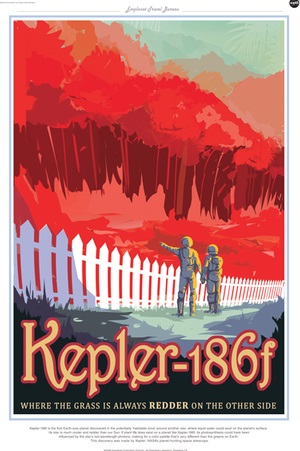
Haunting the Web Since 1999



As the terrible-idea-filled, regulation-gutting “CRomnibus” became law earlier this month — thanks to a tag-team lobbying operation by Barack Obama and Jamie Dimon — The New Yorker‘s John Cassidy laments what it means for American democracy: Namely, the banks clearly write the laws. “‘It’s morally reprehensible,’ Sherrod Brown, the Ohio Democrat, told reporters. ‘They’re saying government bailouts are back.'”
By the way, if the bad news is too much to handle these days, there was one silver lining to the godawful CRomnibus: Crom may laugh at the four winds, but it does alright by space. Otherwise, well…

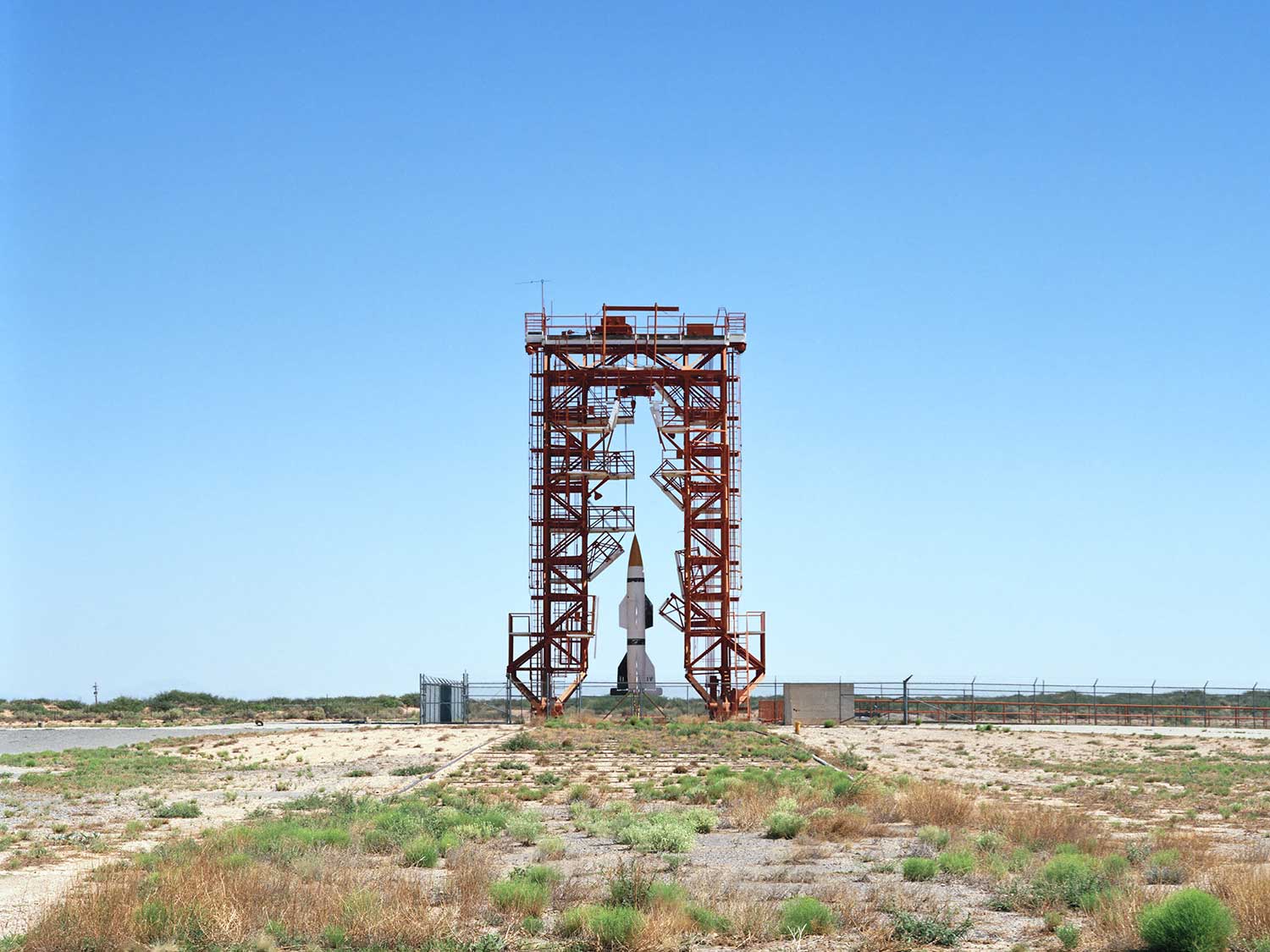
In Wired, photographer Roland Miller captures the decaying infrastructure of the early space race. “As launch pads were replaced, retrofitted or decommissioned, Miller was invited inside. By his estimate, 50 percent of the things he’s photographed no longer exist. ‘It’s not in NASA’s mission to conserve these sites,’ he says. ‘With shrinking budgets it’s an impossible thing to do.'”
“There’s not only last week’s deadly crash by Virgin Galactic, which hoped to launch widespread space tourism, or the unexpected explosion of a rocket headed toward the International Space Station. The United States also retired the space shuttle fleet in 2011. And…we now spend less on NASA — relative to the wealth of overall economy — than at any point in history.”
In very related news, and in the wake of Interstellar (which, on account of all the reasons I just mentioned, I haven’t seen yet), the Post‘s Zachary Goldfarb briefly surveys our current neglect of the space program. (Here’s what we’ve got planned at the moment.) “As recently as 2012, polling showed that more Americans than ever before thought that we were spending too little.”
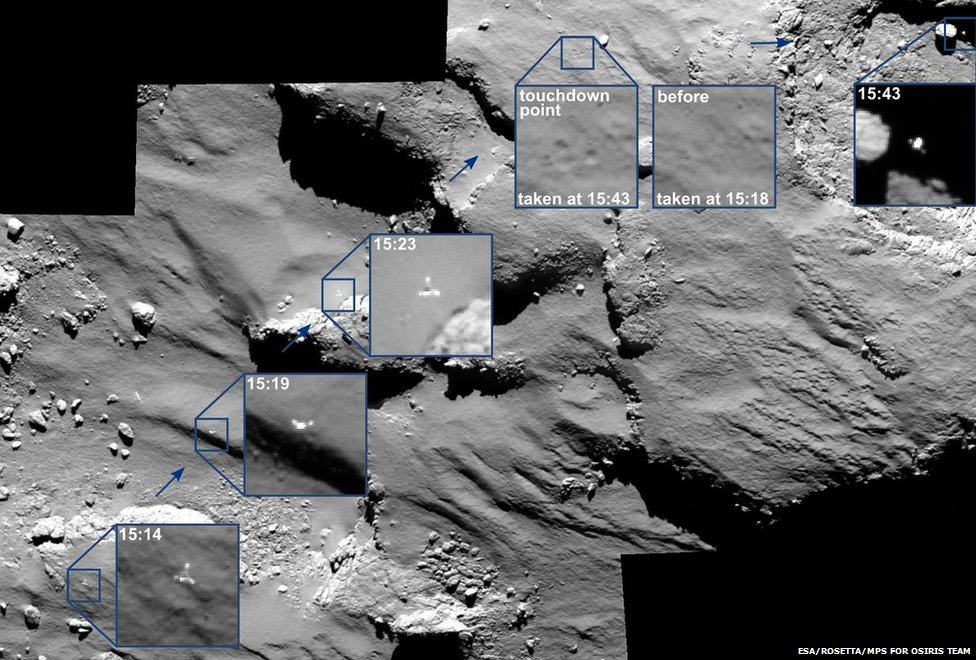
After traveling 4 billion miles, accomplishing an exhilarating landing on a 84,000-mph moving target, and, after 57 hours of work in an unfortunately dark location, successfully sending a valedictory round of data, the ESA’s history-making Philae probe falls into slumber. “We still hope that at a later stage of the mission, perhaps when we are nearer to the Sun, we might have enough solar illumination to wake up the lander and re-establish communication.” Rest well, little lander — ya did good.
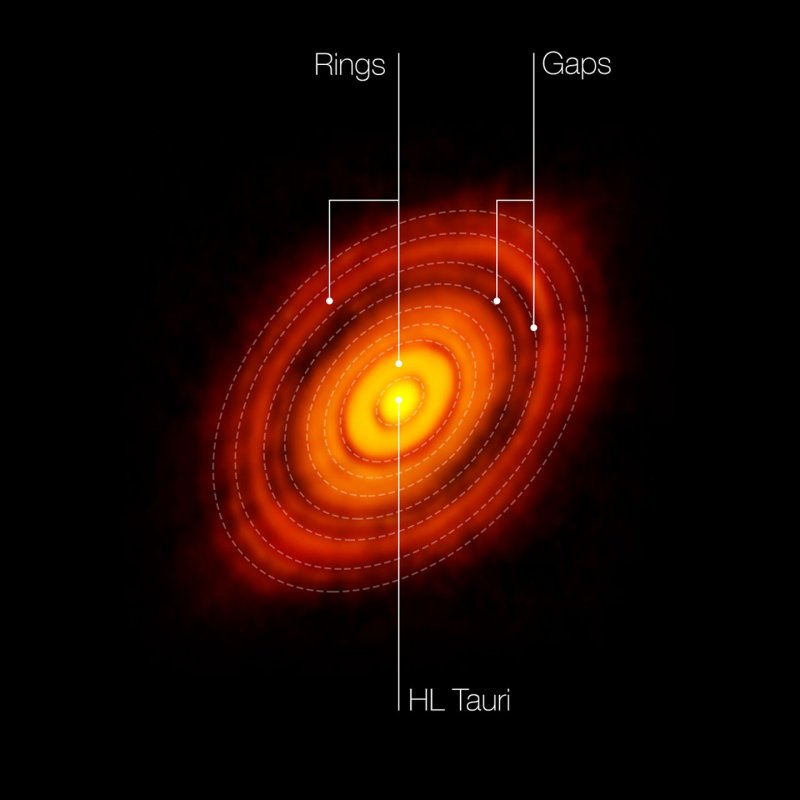
Also in space news, the Atacama Large Millimeter/submillimeter Array (ALMA) captures our best look yet at potential planetary formation around a newborn star, 450 light years away. “The disk surrounding HL Tauri is much bigger than Neptune’s orbit, so any planet in the gaps would at least begin at a larger orbit than the major planets in the Solar System. Additionally, other gaps could be ‘resonances’: orbits where the combined gravity of the star and protoplanets drive matter out, concentrating it in the rings.”
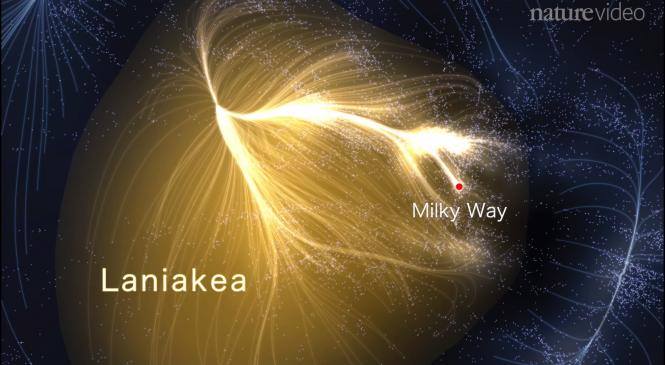
Using an algorithm based on the velocity of redshifting galaxies, a team of University of Hawaii astronomers identify our galaxy’s place in the newly-identified Laniakea supercluster. (Laniakea being Hawaiian for “Immeasurable Heaven.”) Adds Slate‘s Phil Plait: “Laniakea is about 500 million light years across, a staggering size, and contains the mass of 100 quadrillion Suns — 100 million billion times the mass of our star.”

Those True Detective pun titles keep on givin’: Matthew McConaughey goes asking our intergalactic neighbors for water in the newest trailer for Christopher Nolan’s Interstellar, also with Anne Hathaway, Jessica Chastain, Bill Irwin, Ellen Burstyn, Michael Caine, Matt Damon, Casey Affleck, Topher Grace, John Lithgow, David Gyasi, Wes Bentley, and David Oyelowo.
As before, I like the space case being made here, but remain worried about the apparent Gravity-levels of schmaltz being used to fuel this probe. We’ll see, this November.
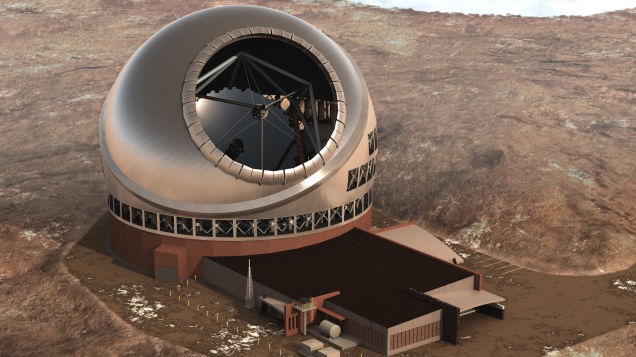
By way of Follow Me Here, Gizmodo looks at five massive telescopes that will change the game, including the James Webb Space Telescope, a.k.a. Hubble 2.0. “Since blowing past its initial budget and launch data, NASA promises the ambitious project is on-track for 2018. And it better, because astronomers are eagerly awaiting its data.”

For the first time, Kepler discovers an exoplanet near the frost line, which may help us better understand the formation of worlds. “[The frost line] explains why our gas giants are rich in ice and water, any why the rocky planets (Mercury, Venus, Earth, and Mars) began their existence as very dry worlds; water only arrived later via comets.”
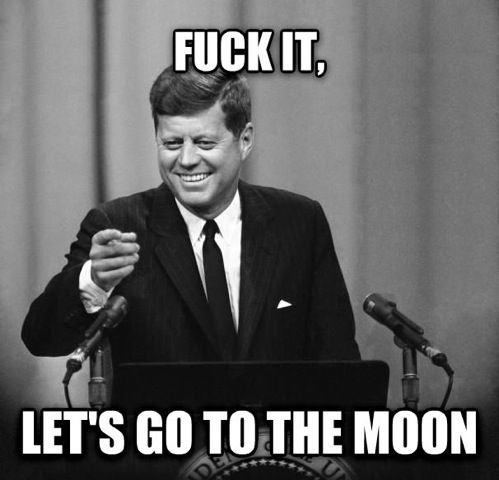
On the 45th anniversary of the Apollo 11 landing, Phil Plait wonders what the hell happened to the Dream of Space in America. “Venturing into space is not just something we can do. It’s something we must do.”